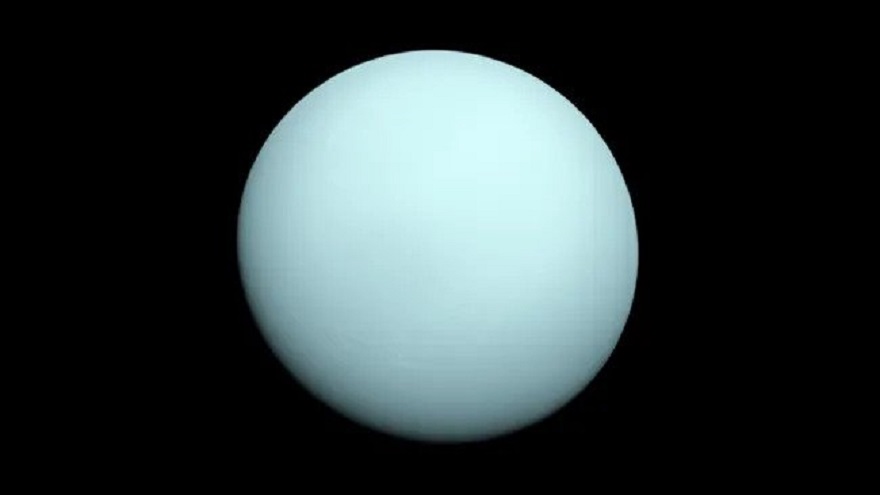Scientists simulated the fall of the spacecraft in the atmosphere of Uranus. Conditions on this ice giant are very different from what is observed on the much larger Saturn and Jupiter. In the future, a probe is planned to be launched there.

How is it to fall on Uranus?
People are well aware of what it’s like to fall on the Earth. Moreover, automatic and manned vehicles have descended to the surface of the vast majority of bodies in the inner parts of the Solar System. However, this does not apply to its outskirts. No probe has made a descent in the atmospheres of Uranus and Neptune yet.
However, this will certainly happen in the future. At least both NASA’s planetary exploration program for 2023-2032 and the Voyage 2050 program, developed by the European Space Agency, define the mission to these planets as a priority.
Therefore, scientists simulated the fall of the spacecraft in the atmosphere of Uranus and Neptune. They used the hypersonic plasma T6 Stalker Tunnel in Oxford University and the High Enthalpy Flow Diagnostics Group wind tunnel located at the University of Stuttgart to do this.
Tests in wind tunnels
T6 Stalker Tunnel is the fastest wind tunnel in Europe. It is possible to simulate movement with speeds up to 20 km/s. These tests simulated what a probe descending into the atmosphere of Uranus or Neptune would encounter, including heat flows and convective heating.
Despite the fact that the atmosphere of these ice giants is very cold, the probe will heat up significantly from entering the atmosphere, and the rate of such heating will be orders of magnitude higher than anything ESA has had to deal with.
Scientists have already managed to simulate a speed of 19 km/s, and in the future they plan to bring this value to 24 km/s. This is the speed that a spacecraft orbiting Uranus or Neptune will have.
What is unusual about ice giants
At first glance, the problem of falling in the atmosphere of Uranus and Neptune may seem insignificant. However, in fact, we will actually find something there that we have not dealt with so far. These planets are smaller than Jupiter and Saturn, but they have more dense components. For example, there is methane.
At a certain depth, their substance turns into a liquid. And at other heights there is a real rain of diamonds. Scientists plan to study all this better before sending probes there.
According to www.space.com
Follow us on Twitter to get the most interesting space news in time
https://twitter.com/ust_magazine


